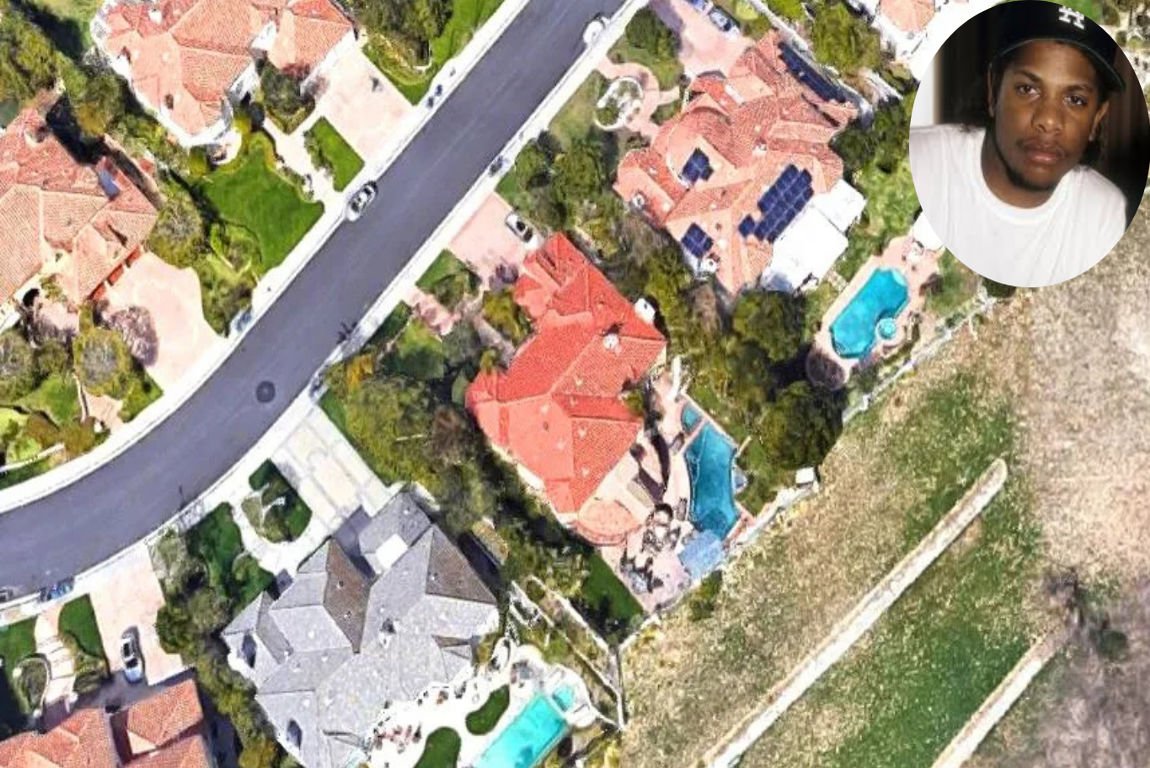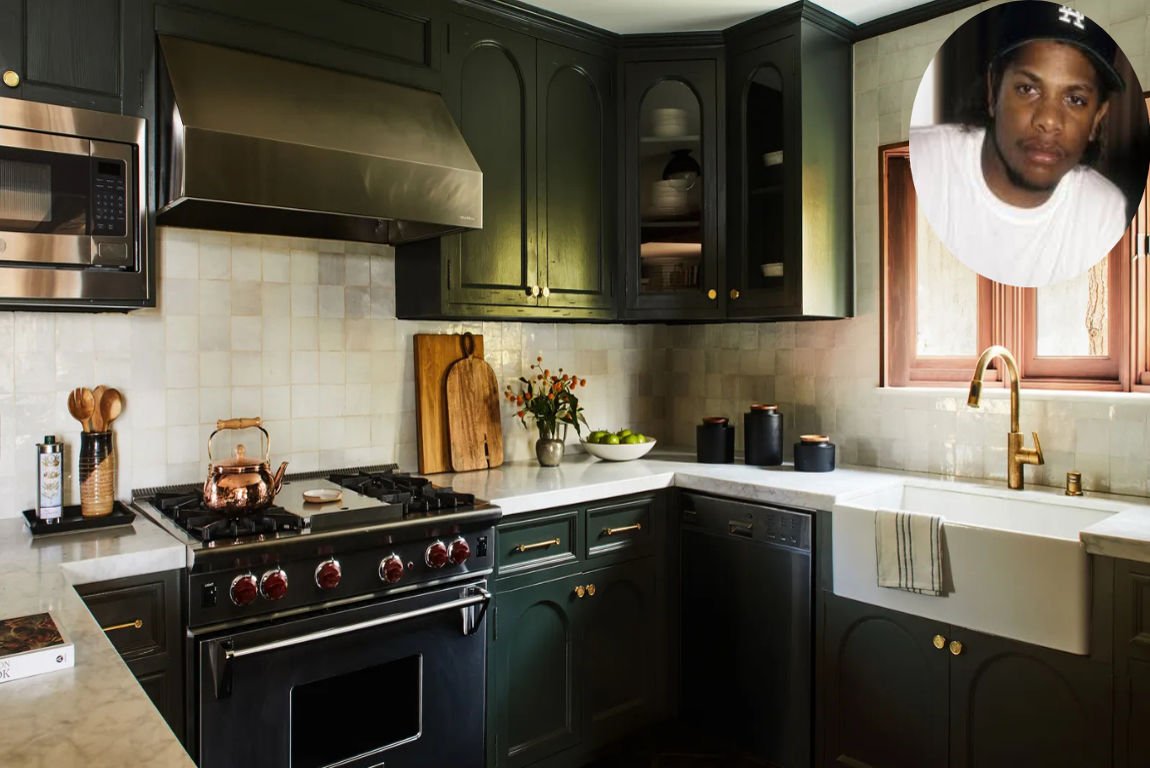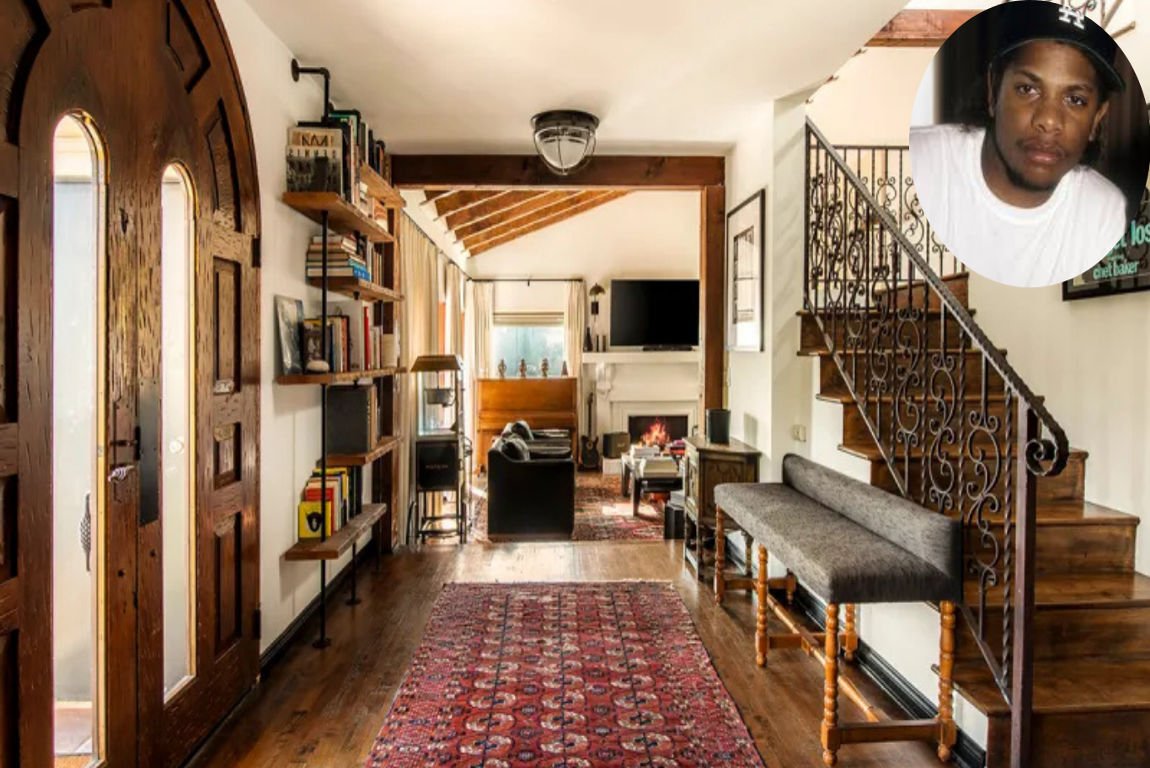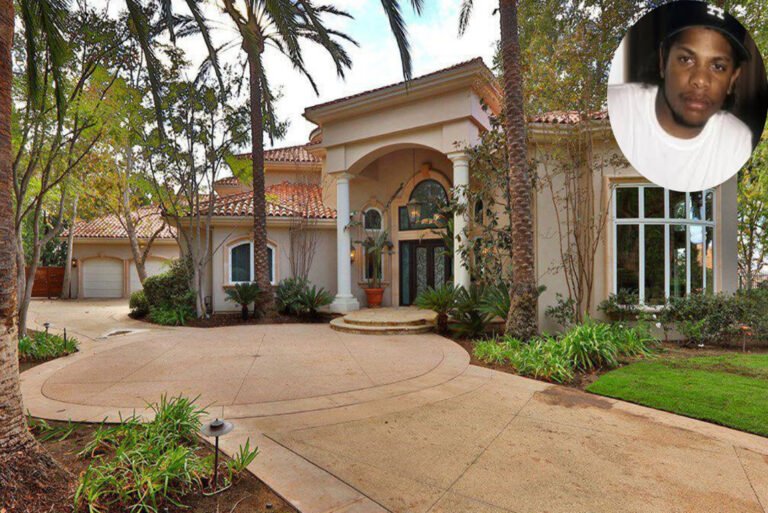When we think of hip-hop legends, few names resonate as deeply as Eazy-E. Known as the “Godfather of Gangsta Rap,” Eazy-E was a pioneer who helped shape the sound and culture of West Coast hip-hop. But beyond his music and larger-than-life persona, there’s another aspect of his life that continues to intrigue fans and historians alike: Eazy E’s house.
Who Was Eazy E? A Brief Biography

Early Life in Compton, California
Eazy E, born Eric Lynn Wright on 7 September 1964, grew up in Compton, California—a city synonymous with the gritty realities of urban life in the 1980s. Compton was a place of stark contrasts: vibrant culture and community on one hand, and gang violence and systemic inequality on the other. These experiences shaped Eazy E’s worldview and later became the foundation of his music.
You may also read (inside bruce buffers dream home a virtual tour).
Rise to Fame: Ruthless Records and N.W.A.
Eazy E’s journey to stardom began when he co-founded Ruthless Records in 1986. Shortly after, he teamed up with Dr. Dre, Ice Cube, MC Ren, and DJ Yella to form the legendary group N.W.A. Their debut album, Straight Outta Compton, was a groundbreaking release that introduced the world to gangsta rap. Eazy E’s raw, unapologetic lyrics and distinctive voice made him a standout figure in the group.
Legacy After His Death
Eazy E passed away in 1995 due to complications from AIDS, but his influence on hip-hop remains undeniable. He was more than just a rapper—he was a cultural icon who gave a voice to the voiceless. His home, often referred to as the “Eazy-E House,” is a tangible reminder of his legacy and the life he led.
The History of Eazy E’s House

Location and Description
Eazy-E’s house is located in Norwalk, California, a suburban area near his hometown of Compton. The property, purchased during the early days of his career, was a significant milestone for the rapper. It symbolized his transition from the streets of Compton to a life of success and recognition.
The house itself was modest compared to the extravagant mansions of today’s hip-hop stars. It reflected Eazy E’s grounded personality and his connection to his roots. The neighborhood was quiet and suburban, a stark contrast to the chaotic environment he often rapped about.
A Symbol of Success
For Eazy E, owning this house was more than just a financial achievement—it was a personal victory. It represented his ability to rise above the challenges of his upbringing and create a better life for himself and his family. The Eazy E house became a sanctuary where he could escape the pressures of fame and focus on his music.
What the Eazy E House Represents in Hip-Hop Culture

A Cultural Landmark
The Eazy E house is more than just a home—it’s a cultural landmark. It stands as a testament to the origins of West Coast hip-hop and the rise of gangsta rap. For fans and historians, the house serves as a tangible connection to the man who helped revolutionize the music industry.
You may also read (inside boomer esiasons home a sneak peek).
Reflection of Struggles and Triumphs
Eazy E’s house embodies the duality of his life: the struggles of growing up in Compton and the triumphs of achieving success against all odds. It’s a reminder of the resilience and creativity that defined his career.
Preserving Hip-Hop History
In a genre that often focuses on the present, the Eazy E house serves as a reminder of hip-hop’s roots. Preserving such landmarks is crucial for understanding the cultural and social context that shaped the music we love today.
Inside the Eazy E House: What We Know

Interior Details
While detailed descriptions of the interior are scarce, reports and anecdotes suggest that the house was a mix of modesty and personality. It featured memorabilia from Eazy E’s career, including gold records and photos with fellow artists. The atmosphere was described as warm and welcoming, reflecting Eazy-E’s down-to-earth nature.
Stories and Anecdotes
The Eazy E house was more than just a residence—it was a hub of activity. From late-night recording sessions to impromptu gatherings with friends and collaborators, the house played a pivotal role in Eazy-E’s creative process. It was here that some of the most iconic moments in hip-hop history were born.
Current State of the House
In recent years, the Eazy E house has faced challenges, including foreclosure and neglect. However, efforts are underway to preserve the property as a historic site. Fans and cultural preservationists continue to advocate for its restoration, recognizing its importance to hip-hop history.
Eazy E’s Home Life and How It Influenced His Music
A Creative Space
For Eazy E, his home was more than just a place to live—it was a creative sanctuary. The environment allowed him to focus on his music and channel his experiences into powerful lyrics. The Eazy E house was a space where art and life intersected.
Family and Friends
Eazy E’s house was also a place where he could connect with his family and friends. Despite his fame, he remained deeply rooted in his community, and his home was a reflection of that connection.
The Legacy of Eazy E and the Future of His House
Lasting Impact on Hip-Hop
Eazy E’s influence on hip-hop is immeasurable. From his groundbreaking work with N.W.A. to his solo career, he paved the way for future generations of artists. The Eazy E house is a physical representation of that legacy.
Preserving the House
Efforts to preserve the Eazy E house are ongoing. Fans and historians recognize its importance as a cultural landmark and are working to ensure that it remains a part of hip-hop history for future generations.
How Visiting or Learning About the Eazy E House Connects Fans to Hip-Hop History
Emotional Connection
For fans, visiting the Eazy E house is a way to connect with the man behind the music. It’s an opportunity to step into his world and gain a deeper understanding of his life and legacy.
Tips for Exploring Hip-Hop Landmarks
If you’re interested in exploring hip-hop landmarks like the Eazy E house, here are a few tips:
- Do your research: Learn about the history and significance of the site before visiting.
- Be respectful: Remember that these locations are often private properties or community spaces.
- Support preservation efforts: Consider donating to organizations working to preserve hip-hop history.
You may also read (inside the glamorous world of beth behrs home).
